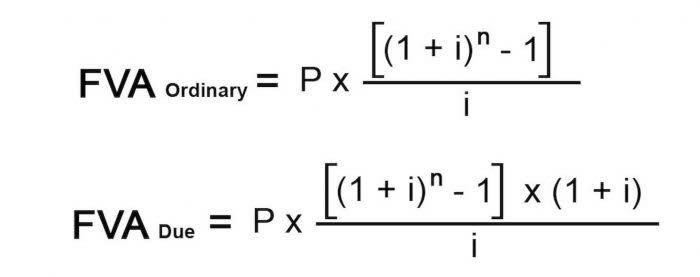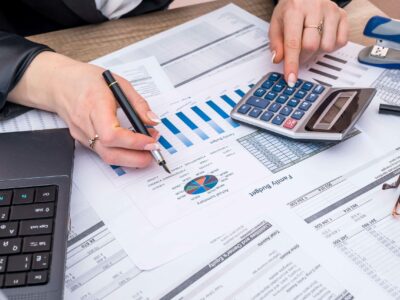Salvage value is the amount for which the asset can be sold at the end of its useful life. For example, if a construction company can sell an inoperable crane for parts at a price of $5,000, that is the crane’s salvage value. If the same crane initially cost the company $50,000, then the total amount depreciated over its useful life is $45,000. Accountants use several methods to depreciate assets, including the straight-line basis, declining balance method, and units of production method.
MACRS Property Classes and Recovery Periods
The units of production method is appropriate for assets that are mainly used based on its output or production levels, such as machinery. The declining balance method is best suited for assets that are expected to be more productive in their early years and less productive as time goes on. The sum-of-the-years’ digits method is generally used for assets with a higher productivity pattern in the early years and slower productivity in later years. The four depreciation methods available are straight-line, units of production, declining balance, and sum-of-the-years’ digits. The choice of method depends on the nature of the asset and its expected pattern of use and obsolescence.
Real-World Example of Salvage Value Fraud
- In other words, the best place to find an asset’s market value is where similar goods are sold, or where you can get the best price for it.
- You can still calculate depreciation without a salvage value; just put a $0 in any place where you need to enter a salvage value.
- Yes, salvage value can be considered the selling price that a company can expect to receive for an asset the end of its life.
- To make an informed choice, you need to calculate the after-tax salvage value of the equipment, which will significantly impact your company’s financial statements and tax liabilities.
- If there is a decrease in the salvage value, depreciation expense will increase and vice versa.
- Notice that the double declining balance method described above uses a depreciation factor of 2.
Salvage value, also known as residual value or scrap value, is a fundamental concept in accounting and asset management. It refers to the estimated value that an asset will have at the end of its useful life. This figure is critical for businesses as it plays a key after tax salvage value calculator role in several financial processes, including the calculation of depreciation, asset replacement planning, and overall financial strategy. Understanding how to accurately calculate salvage value is essential for businesses to manage their assets effectively.
Market Value Estimation
Companies use this value to figure out how much to subtract from the original cost of the thing when calculating its wear and tear. It’s also handy for guessing how much money they might make when they get rid of it. This method estimates depreciation based on the number of units an asset produces. In the example, the machine costs $5,000, has a salvage value of $1,000, and a 5-year life. With a 20% depreciation rate, the first-year expense is $800, and the second year is $640, and so on.
Sum-of-the-Years-Digits Depreciation Method
The majority of companies assume the residual value of an asset at the end of its useful life is zero, which maximizes the depreciation expense (and tax benefits). The difference between the asset purchase price and the salvage (residual) value is the total depreciable amount. As mentioned above, the straight-line method or straight-line basis is the most commonly used method to calculate depreciation under GAAP. It results in fewer errors, is the most consistent, and transitions well from company-prepared statements to tax returns.
- The estimated salvage value is deducted from the cost of the asset to determine the total depreciable amount of an asset.
- The cost of the furniture, plus sales tax and delivery charges, equals $8,000.
- When businesses buy fixed assets — machinery, cars, or other equipment that lasts more than one year — you need to consider its salvage value, also called its residual value.
- Salvage value can be considered the price a company could get for something when it’s all used up.
- Companies use this value to figure out how much to subtract from the original cost of the thing when calculating its wear and tear.
Salvage value and depreciation are both accounting concepts that are related to the value of an asset over its useful life. When you’re using straight-line depreciation, you can set up a recurring journal entry in your accounting software so you don’t have to go in and manually prepare one every time. At the end of the accounting period — either a month, quarter, or year — record a depreciation journal entry. You might learn through research that your asset will be worthless at the end of its useful life.
Table A-7: Nonresidential Real Property; Mid-Month Convention; Straight Line—31.5 Years
When an asset or a good is sold off, its selling price is the salvage value if tax is not deducted then this is called the before tax salvage value. Suppose an asset for a business cost $11,000, will have a life of 5 years and a salvage value of $1,000. The straight line calculation, as the name suggests, is a straight line drop in asset value.
Straight-Line Depreciation Method
Each method uses a different calculation to assign a dollar value to an asset’s depreciation during an accounting year. Some methods make the item lose more value at the start (accelerated methods), like declining balance, double-declining balance, and sum-of-the-years-digits. The depreciable amount is like the total loss of value after all the loss has been recorded. The carrying value is what the item is worth on the books as it’s losing value. Calculating depreciation with consideration of the salvage value ensures that the asset’s cost is accurately spread over its useful life. This provides a true reflection of the asset’s value and helps in presenting a more accurate financial position of the company.
- The final two MACRS components I’ll cover before turning to calculating depreciation are property classes and recovery periods.
- Under most methods, you need to know an asset’s salvage value to calculate depreciation.
- The salvage price of the asset and scrap value calculation are based on the original price and depreciation rate.
- The manufacturer expects no salvage value at the end of the equipment’s useful life in five years.
- You must remain consistent with like assets; if you have two fridges, they can’t be on different depreciation methods.
Be careful not to consider a similar asset’s asking price since, in most used-asset markets, things will sell below their asking price. Salvage value is the amount a company can expect to receive for an asset at the end of the asset’s useful life. A company uses salvage value to estimate and calculate depreciate as salvage value is deducted from the asset’s original cost. A company can also use salvage value to anticipate cashflow and expected future proceeds.




